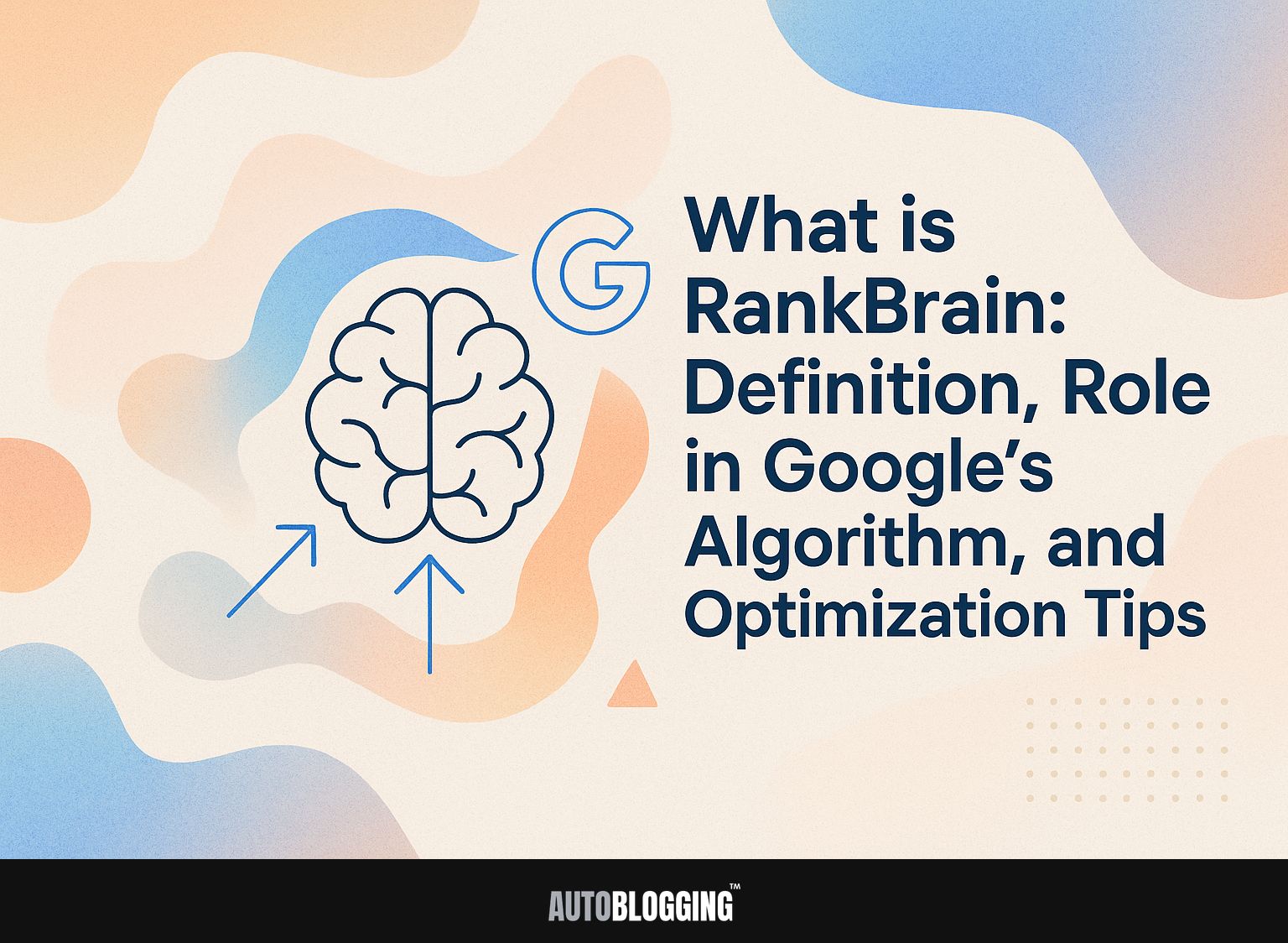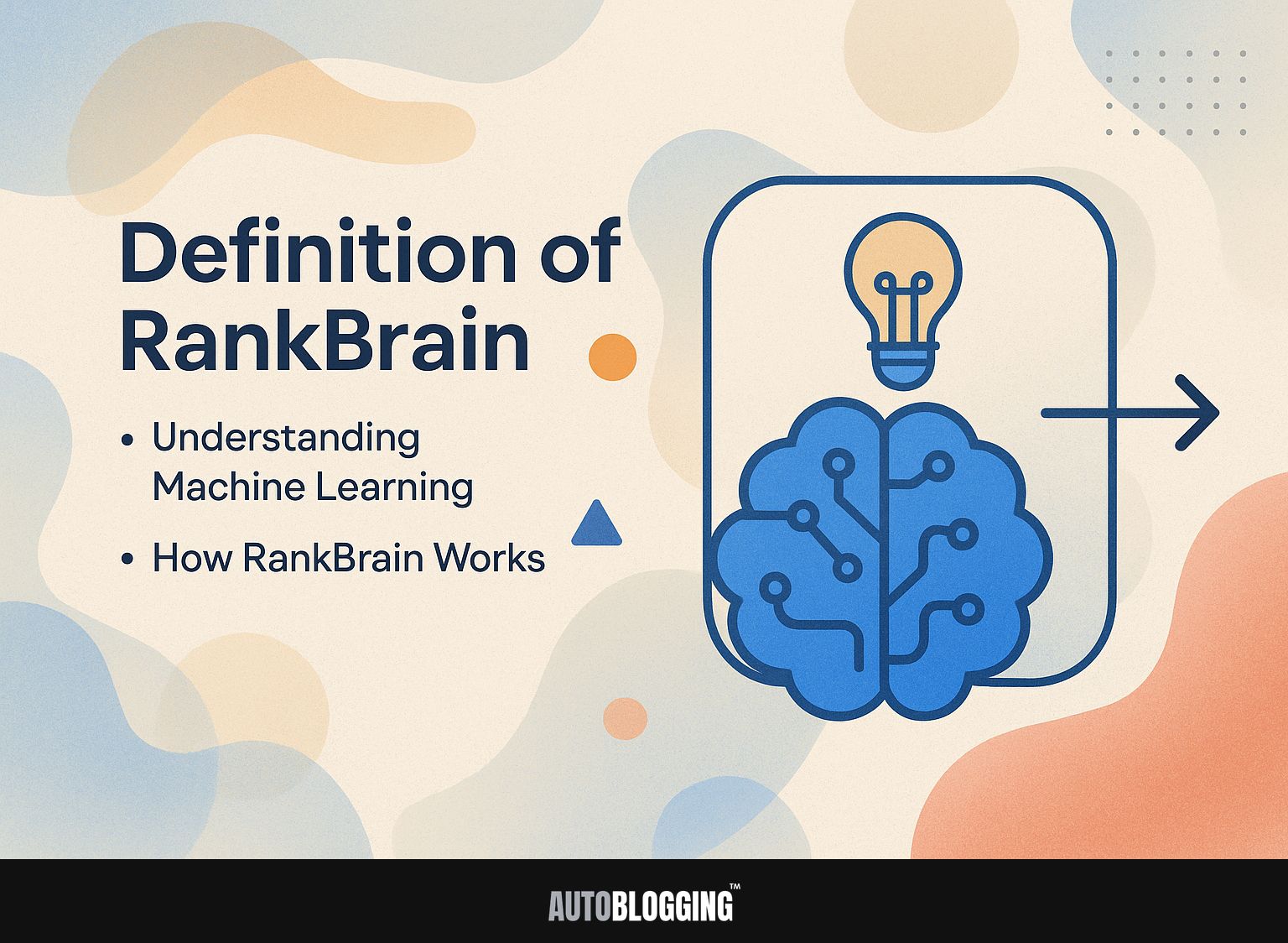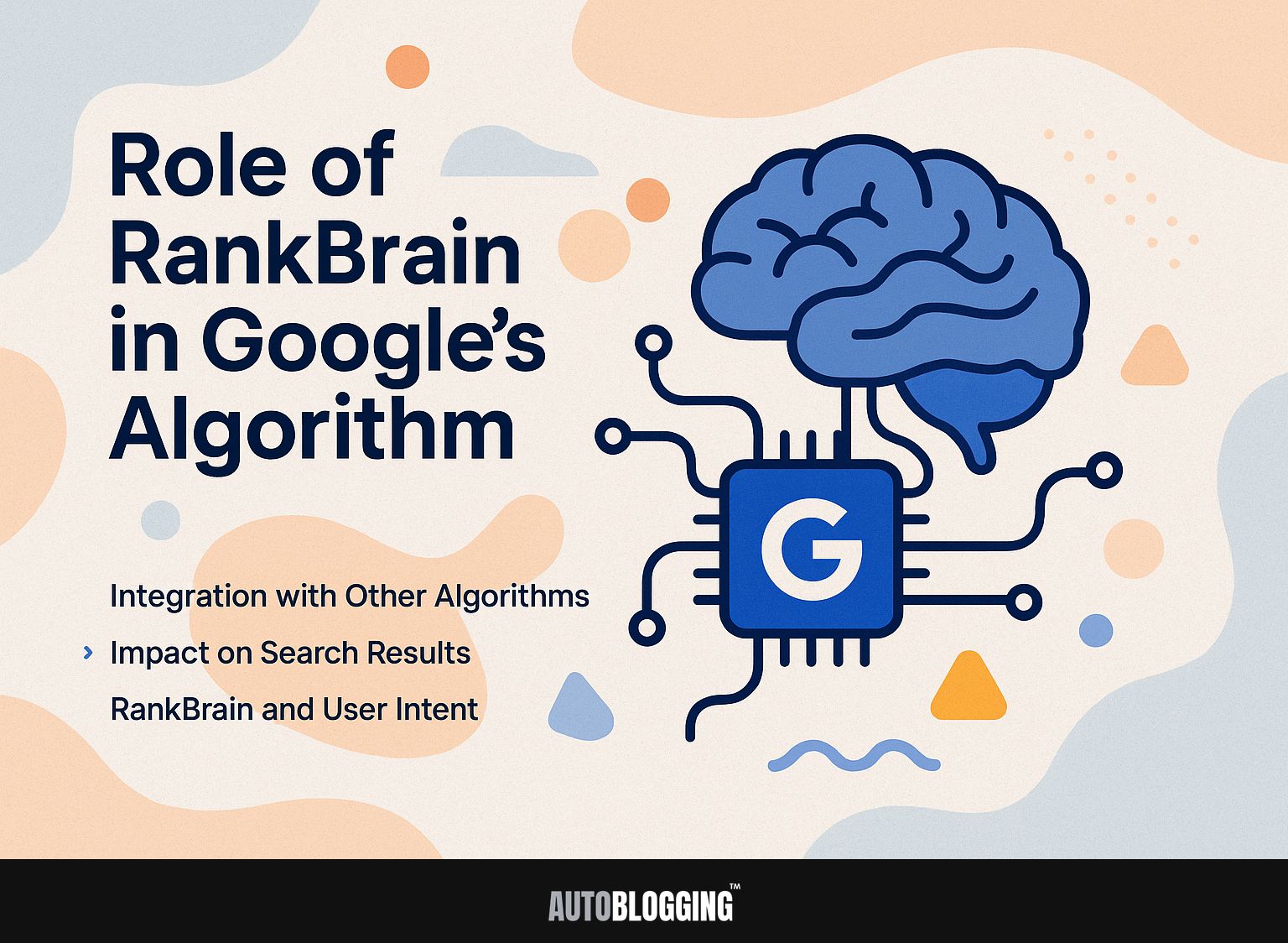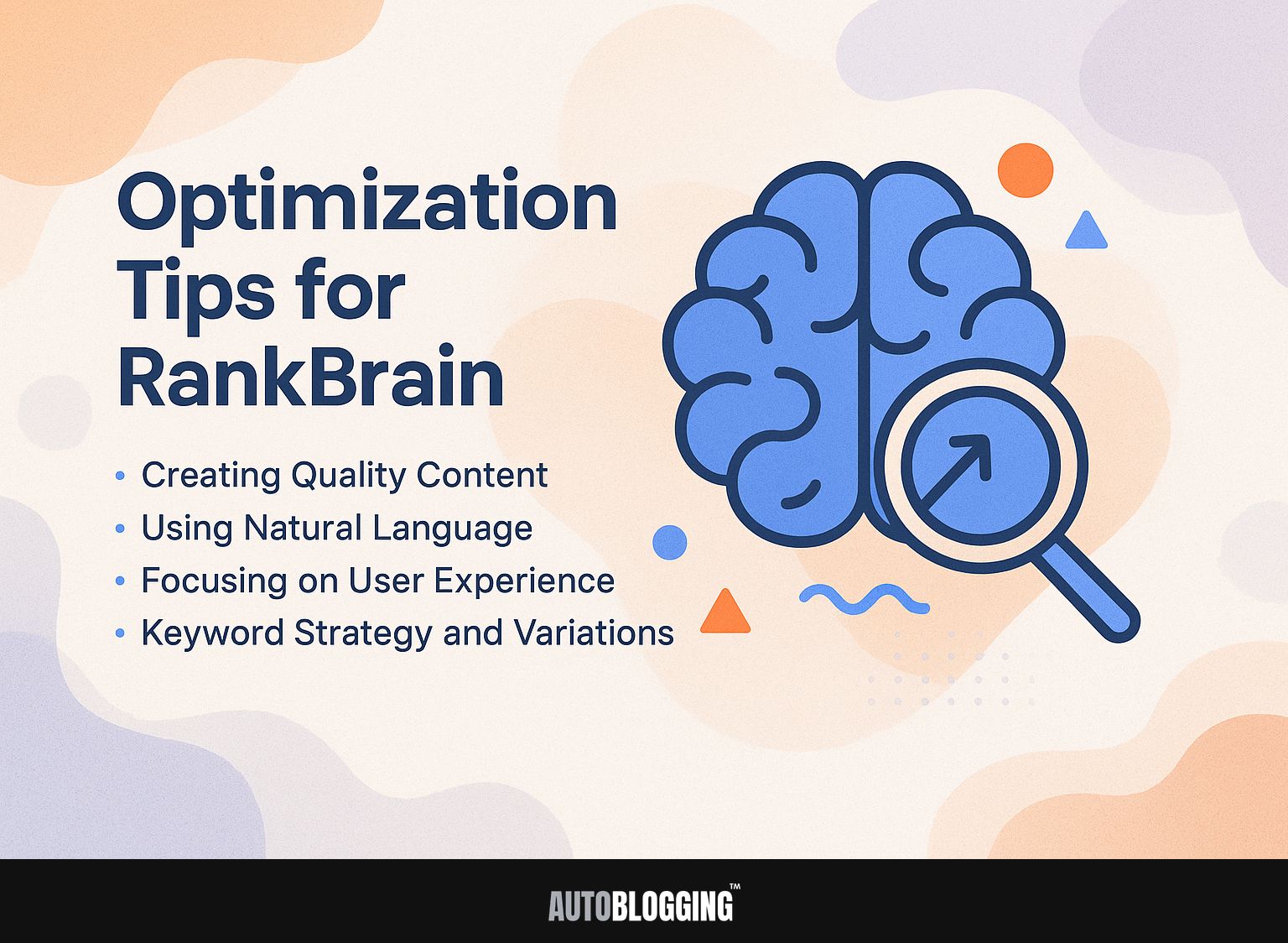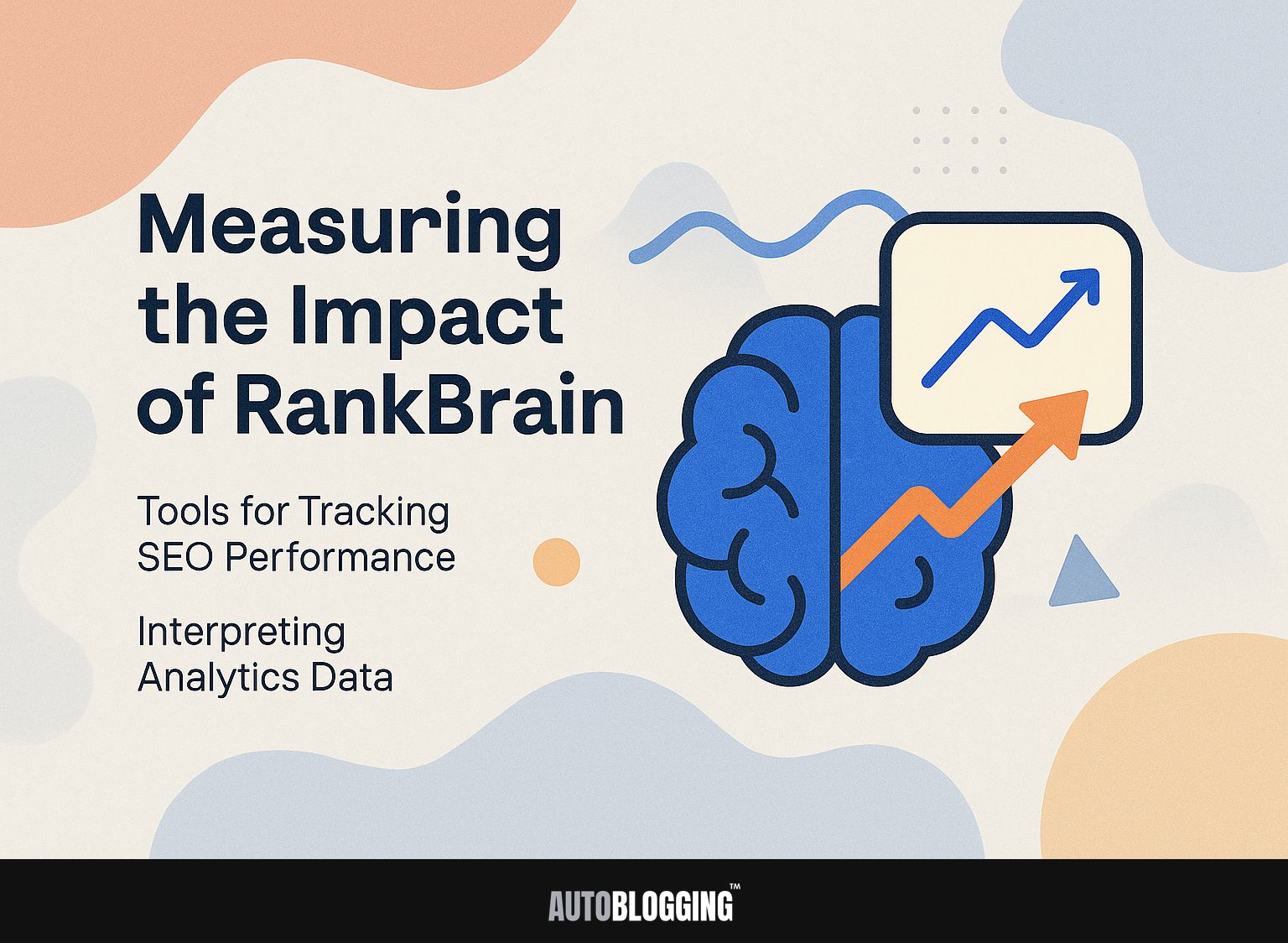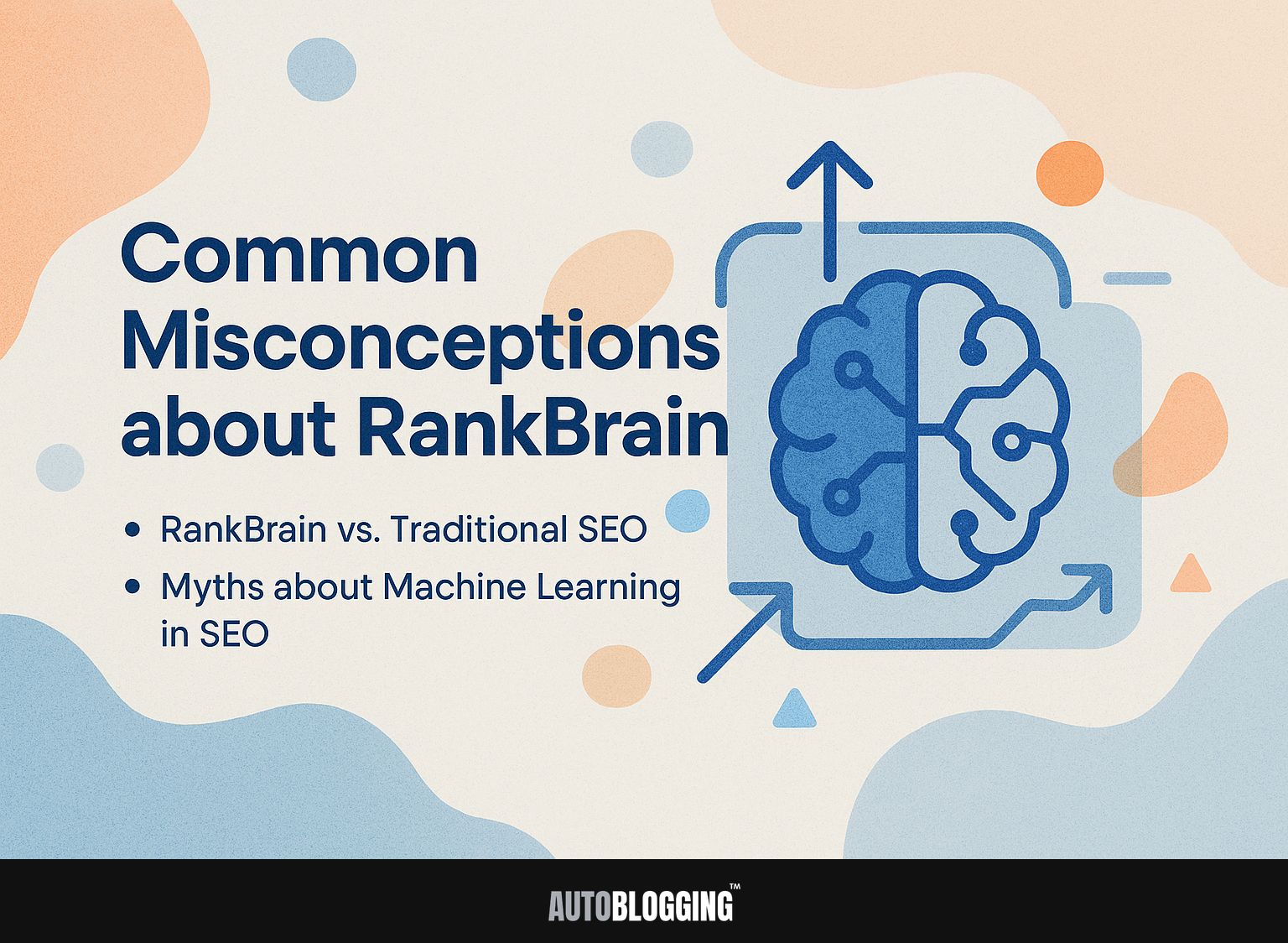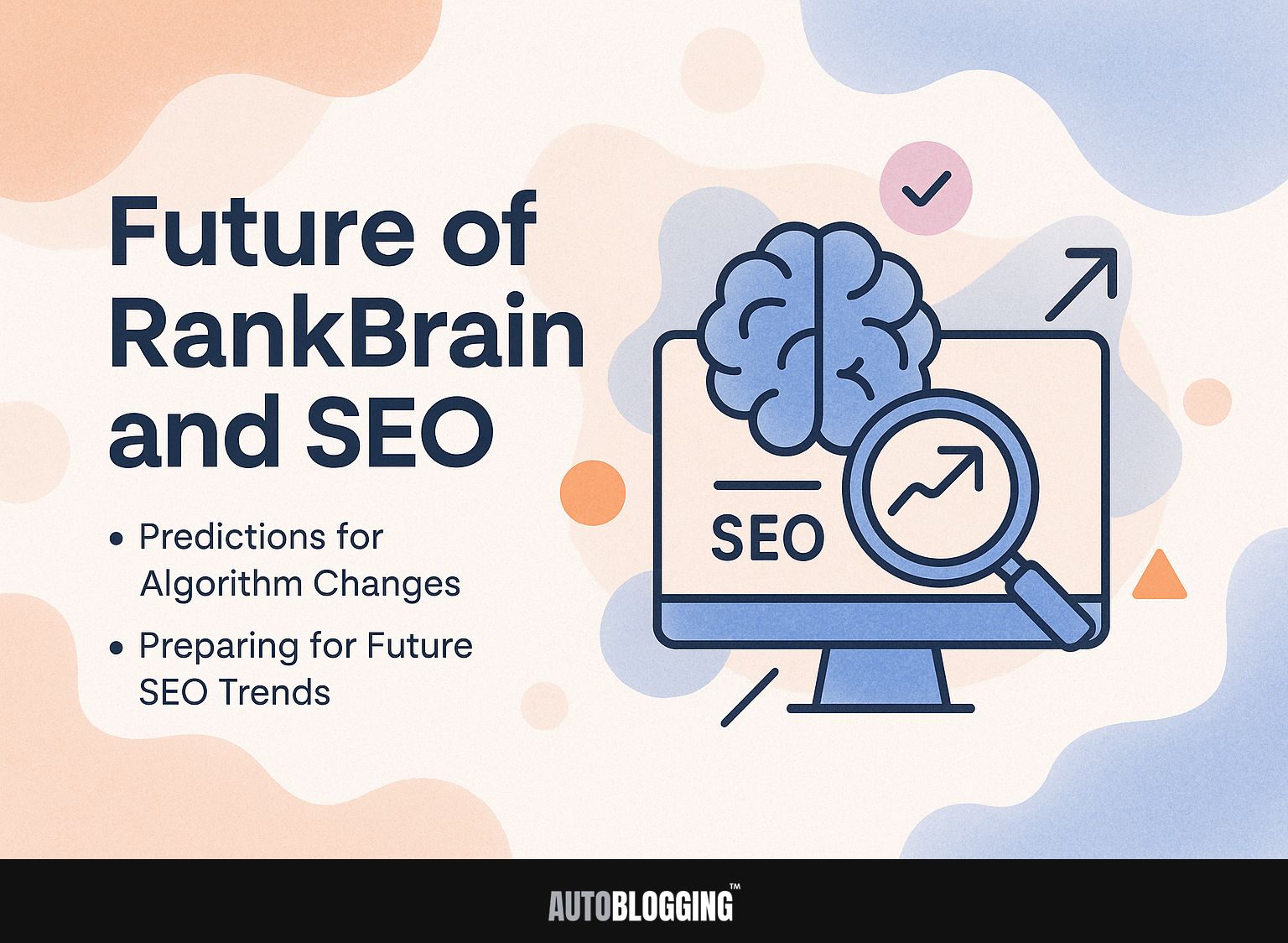Curious about Google RankBrain and its impact on search results? This new machine learning part of Google’s search algorithm, used by big companies like Coca Cola and KFC, is important for figuring out what users want. In this article, we’ll explain what RankBrain is, how it works in Google’s algorithm, and share tips to improve your SEO strategy. Prepare to increase your online visibility!
Key Takeaways:
- RankBrain is an artificial intelligence component of Google’s algorithm that uses machine learning to understand user intent and deliver more relevant search results.
- To perform well with RankBrain, write content that is easy to read and prioritizes what users need, instead of overloading with keywords.
- As AI and machine learning keep changing SEO, knowing and using RankBrain is important for lasting success in search engine rankings.
Contents
1. What is RankBrain?
RankBrain is an advanced machine learning system developed by Google to better interpret complex search queries and deliver relevant results. It studies how users behave, like how many times they click on links and how long they stay on a page, to better understand what they want.
For instance, if many users searching for “best hiking trails” click on a specific article and spend time reading it, RankBrain learns that this content is relevant to that query. This way of learning helps Google improve search results as time goes on, giving answers that better match what each person is looking for.
Regular changes to RankBrain’s algorithms help make user experience better, which is important for content creators who want to get more attention.
2. Importance of RankBrain in SEO
Knowing RankBrain is important for SEO success because it affects more than 15% of search queries. This highlights the need for content that matches what users are looking for.
To successfully use RankBrain in your SEO plan, concentrate on creating content that is both top-notch and relevant.
Use tools like Google Keyword Planner to identify keyword variations that reflect user questions. Analyze search intent by looking at featured snippets and the types of content ranking for your target keywords.
Prioritize semantic relevance by including related terms and phrases in your content. As mentioned, understanding What is Semantic SEO? can further enhance your ability to incorporate related terms effectively.
For example, if you’re writing about ‘organic gardening,’ try using terms like ‘sustainable gardening methods’ or ‘natural ways to manage pests.’ This makes your content align better with what people are looking for, helping it show up more in search results.
Definition of RankBrain
RankBrain applies artificial intelligence and machine learning to study search results and improve them, changing according to how users interact over time.
1. Understanding Machine Learning
Machine learning allows RankBrain to evolve by analyzing vast amounts of search data, improving its ability to understand complex queries. This feature improves search accuracy by helping RankBrain understand what users are looking for, resulting in better search results.
For instance, when users search for “best Italian restaurants in NYC,” the algorithm considers factors such as location data, previous user interactions, and related queries to surface the most pertinent listings.
Tools such as Google Search Console and SEMrush allow SEO professionals to track how searches are doing. They can find new keyword possibilities that match new patterns, which increases how users interact.
2. How RankBrain Works
RankBrain employs algorithms to interpret search queries and predict what users are really looking for, significantly enhancing the accuracy of search results.
For instance, when a user types “best pasta recipes for beginners,” RankBrain understands that the intent is to find easy pasta recipes rather than professional cooking techniques. It does this by analyzing past queries and user engagement metrics.
It looks at similar words and how they are used, so it shows results like “simple spaghetti recipes” or “quick pasta dishes.” This guessing tool helps search engines show results that match what users want more accurately.
Role of RankBrain in Google’s Algorithm
RankBrain works smoothly with other Google algorithms to improve search results by considering context and importance, affecting content ranking (read more in our definition and best practices of SEO).
1. Integration with Other Algorithms
RankBrain works with algorithms like Hummingbird to better understand search queries and make search results more accurate.
By interpreting user intent, RankBrain helps Google connect related terms and concepts. For example, if a user searches for “best pizza in New York,” RankBrain works alongside Hummingbird to comprehend what `best’ means, factoring in user behavior and historical data.
This means if users frequently select a particular pizzeria after such queries, that pizzeria will rank higher, even if it doesn’t contain the specific keywords. This collaboration allows Google to shift from exact matches to more meaningful outcomes, providing a better search experience.
2. Impact on Search Results
The introduction of RankBrain has greatly changed how search results work. It considers how users interact with content to show the most relevant results. This has led to notable changes in click-through rates and user satisfaction.
For example, a study by MOZ showed that websites focusing on what users want saw an average 30% rise in click-through rates. Tools like Google Analytics can track user engagement metrics, which show how well your content connects with your audience.
Focusing on semantic search by using related keywords can improve visibility in RankBrain’s results. By analyzing how users interact with your site and regularly updating your approach, you can greatly increase your site’s position in search results.
3. RankBrain and User Intent
RankBrain is great at figuring out what users mean by their search queries, providing a search experience that matches user needs better. Knowing what users want is important for improving your content plan.
For instance, if users searching for “best running shoes” exhibit long-tail queries like “best running shoes for flat feet,” you should create detailed guides that address specific conditions and preferences.
Tools like SEMrush or Ahrefs can help identify these queries. Adding FAQs that address common user questions usually improves visibility. Matching your content with these ideas can result in more interaction and better search results.
Optimization Tips for RankBrain
To use RankBrain for SEO, content creators must use certain strategies to improve content quality and relevance to user searches. If interested in deepening your understanding of these techniques, you might appreciate our comprehensive guide to SEO best practices, which outlines essential methods for optimizing your content to meet user expectations.
1. Creating Quality Content
Quality content is important because it attracts visitors and shows RankBrain that your site is useful and reliable. To create quality content, follow this checklist:
- Make sure the text has a readability score higher than 60 on the Flesch-Kincaid scale.
- Use clear headings to make your articles easier to follow.
- Try to write 1,500-2,000 words when covering detailed subjects.
Track engagement rates using tools like Google Analytics to assess bounce rates and session durations. Regularly update your content based on performance metrics to keep it fresh and relevant, as this directly influences both user engagement and RankBrain’s evaluation.
2. Using Natural Language
Writing in plain language makes content more engaging for readers and helps RankBrain understand it more easily.
To effectively use natural language processing (NLP), concentrate on using specific keywords and casual phrases. For example, instead of targeting “shoes,” use “best running shoes for flat feet.” Tools like SEMrush or Google Keyword Planner can help identify these keywords.
Including potential audience questions can improve both readability and SEO. Rather than only providing information, consider asking questions such as “How do I select the best shoes?” This way, your content becomes more helpful and aligns with common ways people search, making it more interesting and practical.
3. Focusing on User Experience
Improving user experience on your website is essential, as it directly influences RankBrain’s perception of content value and relevance.
To make your site better for users, concentrate on these three things: fast loading, a design that works well on phones, and easy-to-use menus.
- Begin by enhancing image quality and enabling browser caching using tools like Google PageSpeed Insights, which offers helpful tips.
- Make sure your website works well on mobile devices by using responsive design tools like Bootstrap or checking it with Google’s Mobile-Friendly Test.
- Organize links clearly so users can find their way easily, and make sure important pages can be reached. This simple approach satisfies users and improves your site’s ranking in search results.
4. Keyword Strategy and Variations
Developing a diversified keyword strategy that includes variations and long-tail keywords can significantly improve visibility in RankBrain-driven searches.
Start by using tools like SEMrush or Ahrefs to do detailed keyword research. Identify high-traffic keywords related to your niche, focusing on long-tail options with lower competition.
For example, instead of targeting ‘running shoes,’ consider ‘best running shoes for flat feet.’ Once you’ve selected your keywords, track performance with Google Analytics to see which terms drive traffic.
Regularly revise your strategy based on performance results and new trends, changing your content to keep strong visibility and relevance.
Measuring the Impact of RankBrain
To evaluate how well RankBrain works with your content plan, it’s important to use the right analytics tools to monitor how your content performs.
1. Tools for Tracking SEO Performance
Using tools like Google Analytics, SEMrush, and Moz can help you understand how RankBrain impacts your site’s search performance.
Google Analytics lets you measure how users interact with your site, showing what content interests them. This is important for improving RankBrain performance.
SEMrush offers keyword study and finds leading pages to improve your SEO plan. Moz focuses on site authority and incoming links, essential for improving your rankings. Think about using Ahrefs for detailed analysis of backlinks and keyword monitoring.
Combining these tools lets you see how well your site is doing, which helps you make informed choices to increase its presence in search results.
2. Interpreting Analytics Data
Interpreting analytics data effectively can reveal how RankBrain impacts user behavior and search results on your website.
To analyze your Google Analytics and Search Console data, focus on two main metrics: bounce rate and average session duration.
A high bounce rate might indicate that visitors aren’t finding what they expect, suggesting a potential content mismatch. For instance, if your page has a bounce rate over 70%, think about improving the headline or metadata to align better with what users are looking for.
On the other hand, keep an eye on how long users stay on your page; if they spend more time, it usually means they find your content engaging. You might want to add engaging elements, like videos or interactive features, to keep this trend going.
Common Misconceptions about RankBrain
Even though it’s important, many people have wrong ideas about RankBrain, which can lead to mistakes in SEO strategies and actions.
1. RankBrain vs. Traditional SEO
Many believe RankBrain has replaced traditional SEO methods, but in reality, it complements them for a more sophisticated approach to search performance.
Traditional SEO involves improving keywords, backlinks, and site structure to increase visibility. In contrast, RankBrain uses machine learning to understand user intent and content relevance.
For example, while using important words correctly is still necessary, using simple language can make search results better by aligning with how RankBrain’s systems function.
To combine both methods, do keyword research to find terms that users are searching for, then improve the content to answer user questions thoroughly.
Tools like SEMrush for analyzing keywords and Google Search Console for tracking site performance can help achieve this collaboration.
2. Myths about Machine Learning in SEO
Confusion about machine learning in SEO can lead to wrong ideas about its capabilities within the RankBrain system.
A common misconception is that machine learning can completely handle SEO tasks without any human help. Machine learning algorithms can review large data sets and find patterns, but people are needed to make important decisions and understand the results.
For example, Google Analytics can monitor what users do, and SEMrush provides information about competitors.
To use machine learning well, think about including these tools in your SEO plan to improve decision-making instead of replacing it.
Future of RankBrain and SEO
The direction of RankBrain and SEO is set to change, with new trends in artificial intelligence and user behavior creating new ways to improve search engine optimization. For those interested in deeper insights, one of our most insightful case studies explores these emerging AI trends and their impact on SEO strategies.
1. Predictions for Algorithm Changes
Predictions suggest that upcoming changes to algorithms will keep focusing on what users want and the situation, improving RankBrain’s role in search methods. Content creators should make high-quality, useful content that directly answers user questions.
- Begin by researching keywords in detail with tools such as Ahrefs or SEMrush to find out what topics interest your audience.
- Use simple words in your writing because search engines now favor friendly and casual styles.
- Use structured data markup to clearly specify the content’s meaning, helping algorithms understand it better.
- Regularly updating content based on performance metrics will also be critical, ensuring your strategies align with shifting user preferences.
2. Preparing for Future SEO Trends
Getting ready for upcoming SEO trends means keeping up with developments in machine learning and user habits to make the most of what RankBrain can do.
To keep up with SEO, think about learning regularly through online courses on sites like Coursera or Udemy, which provide information on strategies using AI.
Use tools like SEMrush or Ahrefs to study how keywords change and examine competitors. Regularly reading industry blogs like Moz or Search Engine Land will keep you updated on algorithm changes and emerging technologies.
Join SEO forums or webinars to share ideas and learn from others, changing your strategies based on practical experiences.
Frequently Asked Questions
1. What is RankBrain?
RankBrain is Google’s artificial intelligence (AI) system that helps process and interpret search queries to improve search results.
2. How does RankBrain impact Google’s algorithm?
RankBrain is one of the factors that Google’s algorithm uses to determine search results. It helps break down and make sense of search questions, allowing Google to grasp them and give suitable answers.
3. What role does RankBrain play in Google’s search results?
RankBrain helps Google better understand the intent behind search queries and provides more relevant results to users. It also helps improve the accuracy of Google’s search algorithm.
4. How can knowing RankBrain improve search results?
By learning how RankBrain functions, you can improve your website and content to fit Google’s algorithm. This can help improve your website’s search ranking and visibility.
5. How can you improve your site for RankBrain?
Some tips for improving RankBrain performance include making high-quality, relevant content, using keywords in a natural way, and concentrating on what users want rather than just the keywords.
6. Is RankBrain the only factor in Google’s algorithm?
No, RankBrain is just one of many factors that Google’s algorithm uses to determine search results. Other factors include backlinks, content quality, and user experience.



